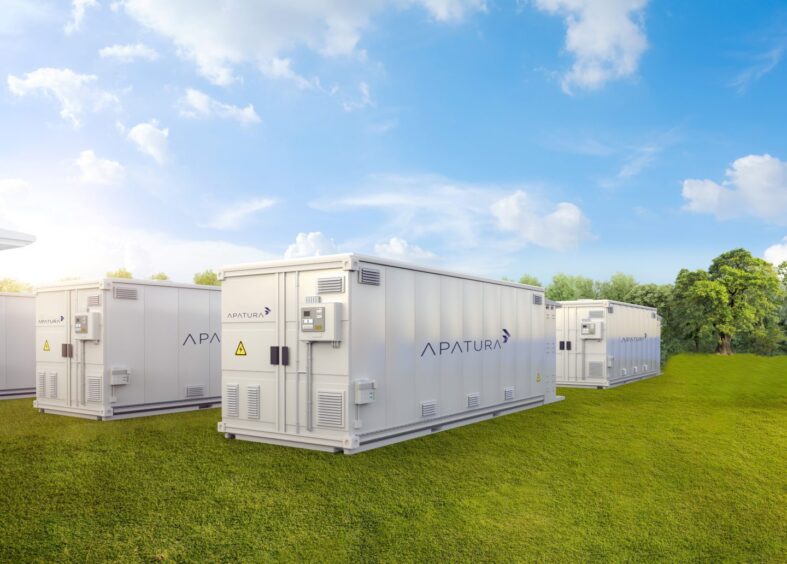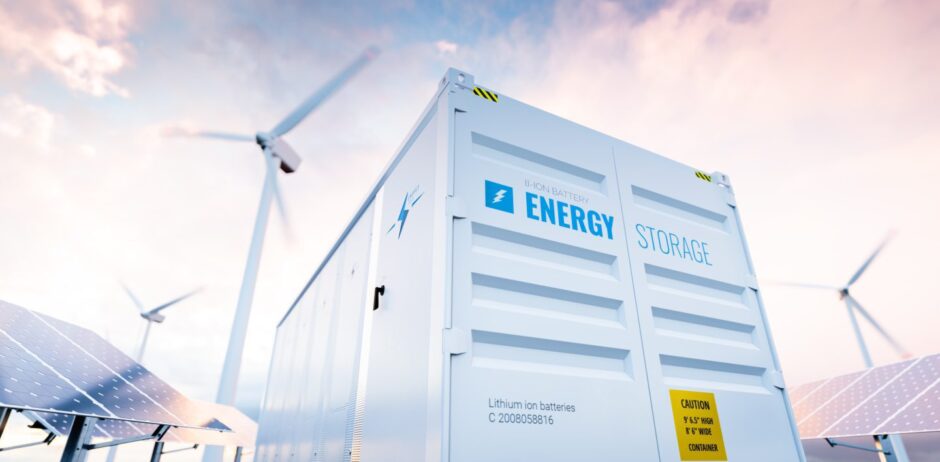
The UK’s energy transition is at a critical point. As the country works toward the government’s goal to deliver a decarbonised power system by 2030, the electricity grid is coming under increasing strain.
With demand for electricity rising and new renewable energy being integrated in new locations, the grid is facing a bottleneck.
Capacity issues, delays in grid connections, and the challenge of balancing intermittent renewable energy sources like wind and solar are posing significant obstacles to developers looking to accelerate the UK’s energy transition.
Grid reform has been on the agenda as a net-zero challenge that must be solved in the public and private sectors for years.
Whilst the new national energy system operator (NESO) will hopefully provide a more joined-up approach to managing the grid, other innovative solutions must be considered.
Co-located energy assets, where multiple low-carbon technologies are integrated behind a single grid connection, is one such a solution.
This approach has the potential to not only ease grid pressure but also increase efficiency and lower costs, helping the UK meet its net-zero goals.
The key pressures the UK grid is facing
The UK’s energy grid is facing a critical bottleneck, with lengthy connection wait times that have the potential to threaten investment into clean energy companies and undermine our country’s shift from fossil fuels.
As of 2023, the grid connection queue in the UK was reported to hold up to 500GW of capacity waiting to be connected, and there are warnings this could reach up to 800GW by the end of 2024, which is four times current capacity.
Whilst it’s encouraging the government’s takeover of the electricity system operator will hopefully lead to expedited progress, it needs significant resources to do this so that projects can move forward at the pace required.
The transition to renewables has also introduced the challenge of intermittency, with weather-dependent technologies including solar and wind power often leading to an over or under-supply of energy.
These fluctuations make it difficult to ensure a reliable, consistent energy supply, particularly during periods of high demand.

The potential of co-located clean energy assets
Co-located energy assets are an often overlooked solution to these challenges.
Developing multiple clean energy technologies in one location can deliver more stable and efficient energy generation and maximise the use of limited grid connection capacity, significantly improving the efficiency of renewable assets.
At Telis Energy UK, we are confident in this approach and have developed a unique vision to co-locate multiple technologies including wind, solar and battery storage into a single grid connection to generate consistent and reliable clean energy, with particular emphasis on battery storage for periods when demand exceeds supply.
The typical renewable asset generally underuses its allocated grid connection capacity, representing a major inefficiency in the current system.
However, a new report by Cornwall Insight, commissioned by Telis Energy UK, on hybrid energy hubs has found they could maximise energy transferred to the grid via the network connection, generating over 50% of the time, compared to just 11% for solar and 30-35% for wind power.
Co-located assets also reduce the need for extensive land use, minimising environmental and community disruption while allowing for more streamlined project development.
How co-location can improve efficiency and reducing costs
Co-located assets can also provide critical flexibility for the grid, enabling the grid to balance supply and demand in real time, an increasingly important issue as the share of renewables in the UK’s energy mix continues to grow.
With the increasing intermittency of renewable energy, having flexible sources of energy such as battery storage and diversified generation technologies at co-located sites is a key benefit.
In addition to improving the reliability of the UK’s energy supply, co-located energy assets offer significant cost-saving opportunities.
RenewableUK’s 2024 report points out that integrated sites combining technologies like solar, wind, and battery storage can lead to lower overall system costs and improve energy security.
By sharing resources such as operations and maintenance across multiple technologies, co-located sites can operate more efficiently than single technology projects.
These efficiencies will eventually be translated into cost reductions that can be passed on to consumers.

How the government can help overcome barriers
Despite the potential benefits, there are clear challenges that must be addressed before co-location solutions such as hybrid energy hubs can be widely deployed.
One key barrier is the need for regulatory clarity. The current grid connection process and regulatory frameworks are often designed for single-technology projects, which can make it difficult for co-located assets to navigate the system.
Reforms to the electricity market, such as the UK government’s Review of Electricity Market Arrangements (REMA), will be critical to unlocking the potential of co-located assets.
The UK government has a pivotal role to play in supporting the growth of co-located energy assets.
By streamlining regulatory processes and offering financial incentives, policymakers can help make co-located projects more attractive to developers and investors.
Reforms to grid connection processes will be especially important to ensure that co-located hubs can connect quickly and efficiently to the grid, reducing delays and costs.
Co-located energy assets such as those proposed as part of Telis Energy UK’s hybrid energy hubs represent a powerful solution to many of the challenges currently facing the UK’s energy grid.
While challenges remain, particularly around regulation and financing, co-located assets are poised to play a key role in the UK’s transition to a net-zero future.
